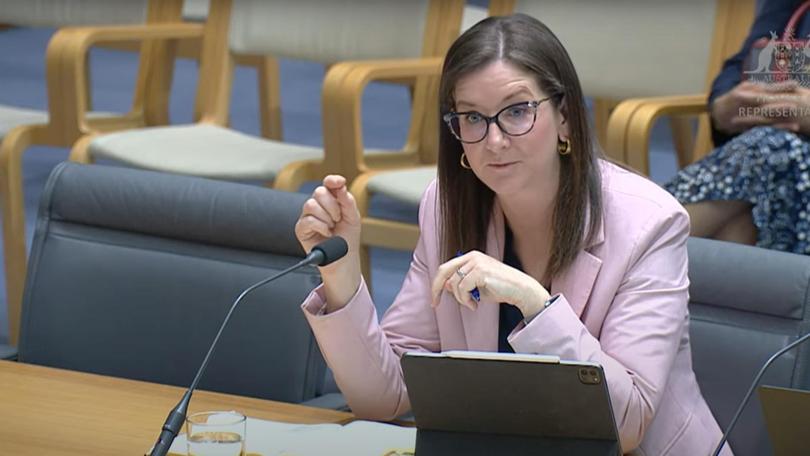Energy regulator claims it could take 10 years to set up rules for nuclear power

Experts say the Coalition’s nuclear power ambitions could be feasible on the most optimistic of timeframes but Australia would likely face a gap in energy production between the end of coal and the start of nuclear.
A string of high-level bureaucrats fronted a Labor-led committee — which the Coalition believes was set up to throw cold water on its nuclear energy policy — at its first hearing on Thursday.
Australian Energy Regulator chair Clare Savage told the parliamentary committee that even if the process of establishing nuclear reactors began in 2025, much of the nation’s “coal fleet” would not last until then.
Sign up to The Nightly's newsletters.
Get the first look at the digital newspaper, curated daily stories and breaking headlines delivered to your inbox.
By continuing you agree to our Terms and Privacy Policy.A 2025 start would require a change of government and the repeal of Commonwealth and State bans on nuclear energy.
“In terms of the timeframes just for the regulatory framework... by the time you do licensing, safety, environmental, technical, commercial (regulations) and you do legislation, rules, guidelines, consultation, I would have thought you would be looking at eight to 10 years for a regulatory framework,” Ms Savage said.
“I think nuclear can’t really fill the role of coal in the sense that coal can’t last until you have the regulatory framework.
“Can we keep coal alive for that long? I don’t think so, not at a cost effective way for customers.”

Opposition Leader Peter Dutton revealed in June plans for seven nuclear power plants around the country, including at the site of the Muja coal station near Collie, but is yet to detail costs or how the Coalition would clear State and Federal legal hurdles.
He has said the first two sites could be active in either 2035 or 2037 with the rest to be built by 2050.
The Energy Department offered more hope for the Coalition’s timeframe, with division head Clare McLaughlin saying the earliest Australia could “conceivably be producing nuclear power, would be in the late 2030s”.
This 10-15 year timeline was in part based on research from the International Atomic Energy Agency.
CSIRO chief energy economist Paul Graham said that only nations that were autocratic — and thus did not need to consult with communities — or who had continuous building of nuclear power plants, had been able to work on timeframes less than 15 years.
Labor MP and committee chair Dan Repacholi said it was clear from the evidence presented that Mr Dutton’s proposal wasn’t realistic.
“They’re saying that nuclear power can take over from coal fired power stations,” Mr Repacholi said.
“As we know, 90 per cent of those coal fired power stations are coming to their end of life by 2035 and unfortunately, we now know from the experts that nuclear cannot be part of that mix to make that happen.”
Shadow energy minister Ted O’Brien described the committee as a “political stitch up”.
But he welcomed testimony from the Department of Foreign Affairs that Australia had already ratified several international treaties required to run a civil nuclear program and had much of the safety regulations already established.
“That would make that (timeframe) closer to the 10 rather than the 15 years,” Mr O’Brien said.
